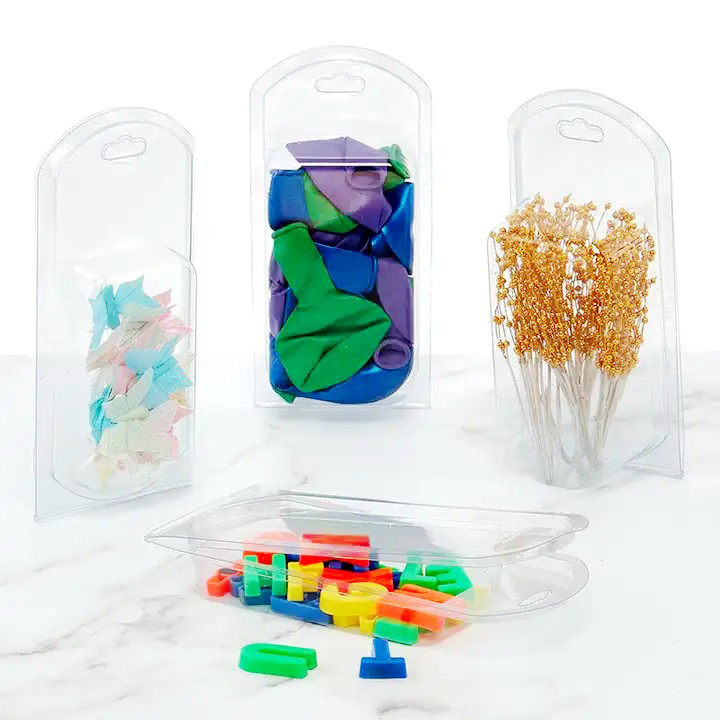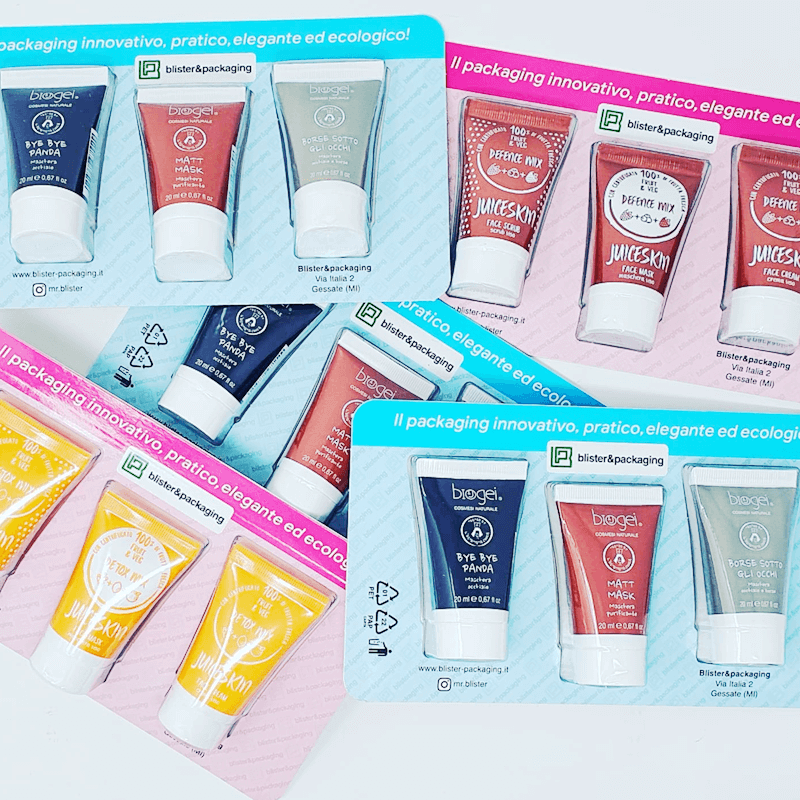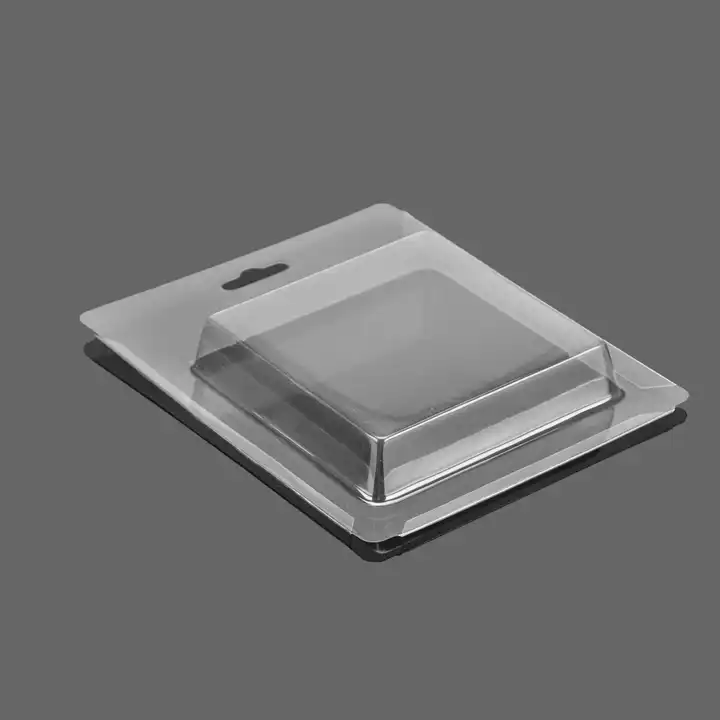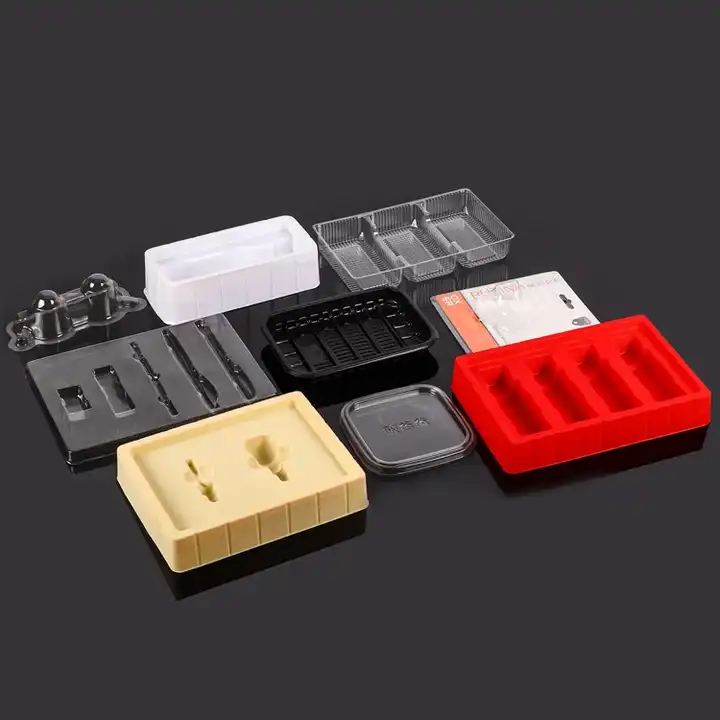Custom Blister Packaging Suppliers
- 6 thermoforming blister packaging lines (semi-automatic, fully automatic)
- Material passed SGS, ROHS, US California Proposition 65, SVHC and TPCH testing.
- Own mold room for fast and accurate handling of sample development and mass production
- Can assist in customizing blister packaging for products and brands
- Selection of Recyclable + Degradable + Compostable Materials
- 1 week for mold development, 2 weeks for batch manufacturing, daily capacity 100,000PCS
Material :PVC APET PETG PP PS Transparent or custom color
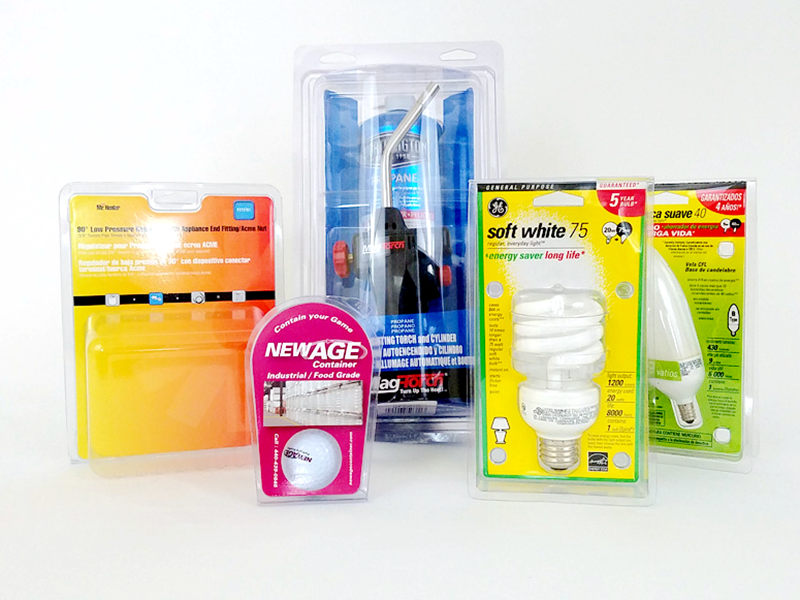
Clamshell packaging provides effortless opening and secure containment for your products, featuring a clear and visible material. This packaging ensures easy access while securely encasing your items, offering both safety and visibility.
Face seal blister packaging is a secure and visually appealing packaging solution that fully encloses a product within a sealed plastic cavity. It offers excellent visibility, showcasing the product while ensuring protection against tampering and damage.
Sliding plastic packaging is a versatile and secure packaging solution. You simply slide the printed paper card out of the sealed plastic casing for easy access to the product. It provides vision while keeping your product safe.
Thermoformed tray is a reliable and customized transparent packaging solution, which aims to firmly fix and display products. The tray has durability and visibility, which effectively shows items, while ensuring safety during transportation.
Leading Blister Packaging Manufacturer in China
agreen® packaging was founded in 2008, located in SHENZHEN, China. Our factory have passed ISO9001:2015 as well as many inspection reports and inspection certificates for Blister Packaging. We have more than 30 workers, 3 QC, 2 QA, production technology and management personnel, with a total of 53 employees at present.
Custom Blister Packaging :The Complete Guide
What type of blister packing is suitable for your products?
Blister packaging is an inexpensive option for creating packages that are durable, transparent, and tamper-proof. We make a variety of shapes and can custom design a blister pack that will showcase your product in the best possible manner. Although we strive to provide our customers a very competitive price, we will not sacrifice quality to do so. All blister packing products are tested for clarity, wall thickness, and dimensional compliance before leaving our plant.
face seal blister packaging
Clear plastic blister pack can be used in conjunction with a cardboard blister card to keep the product in full view for the customer to examine. The blister packaging is attached to the blister card through a heat-sealing process that allows the product to be displayed in a wide variety of methods. The plastic blister is fixed to the front of the cardboard, to contain and protect the product
Full card Slide Blister packaging
Unlike heat seal clamshell blister packaging, its sliding feature helps you to close and open it easily.
Slide blister is a kind of thermoformed blister, which is folded on three or four sides. Then full backing cards slide into the blister without any tooling.
Clamshell packaging
Clamshell packaging (also called clam packaging or clam packs) is a type of blister packaging. Unlike a normal blister pack, clamshell packaging doesn’t have a cardboard back. Instead, it has a plastic back which is hinged to the front of the packaging, either at the side or the base.
Thermoformed Blister Trays
We design and manufacture custom thermoformed plastic trays utilizing our diverse in-house design and tooling expertise. We can manufacture plastic trays in a variety of materials and colors that include PET, PVC, PE, PP and Polystyrene.
Common uses for a plastic thermoformed tray include packaging inserts or shipping trays. Depending on the end use, plastic materials used to manufacture a tray can vary. For shipping, storage, and material handling trays, less costly materials can be used to provide a durable and protective tray without the need for clarity. Our design team will work with you to determine the best design and material for your application. All trays are carefully manufactured and stack packed to insure quality and ease of use at your plant, plus save on shipping and storage.
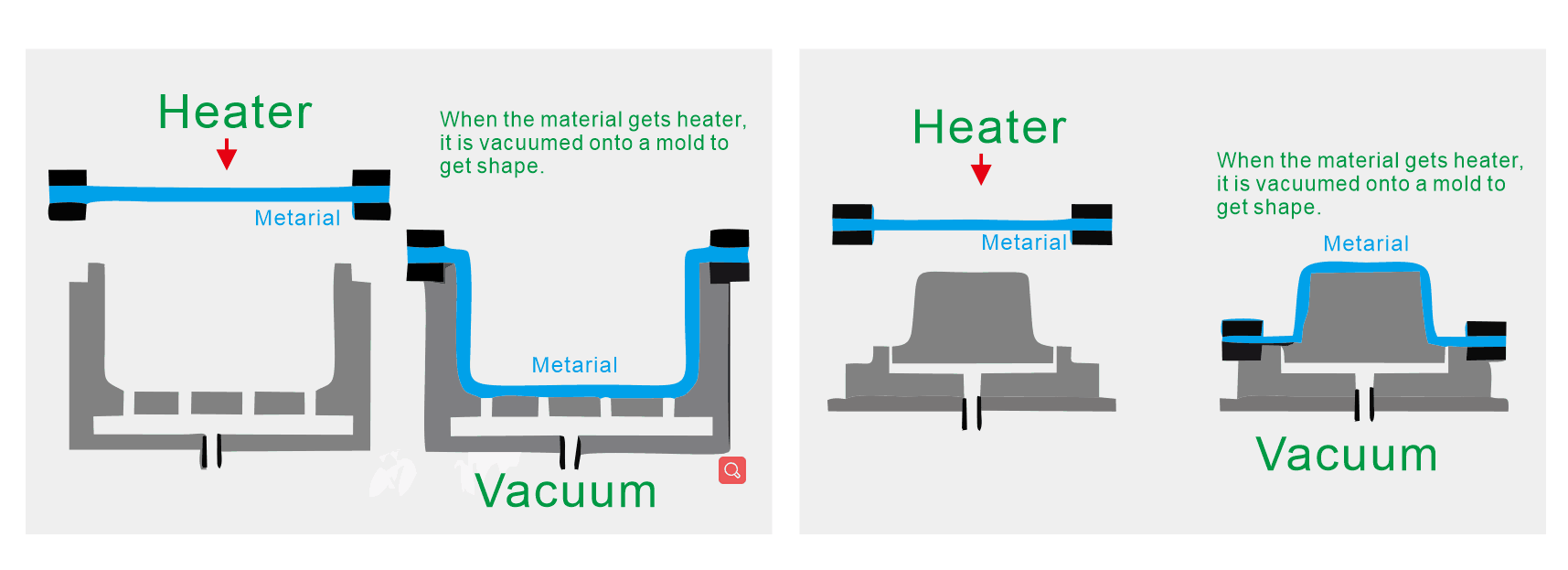 Blister Packaging Thermoforming is a process of heating thermoplastic sheet and placing it over a mold, under vacuum, until cooled. The thickness of the material determines whether the manufacturing process uses rolled sheets (thin gauge) or pre-cut stacked sheets (heavy gauge). Thin gauge material is dominant in the disposable packaging sector, especially in the retail markets. Heavy or thick gauge material is commonly used as permanent components in such things as refrigerators, automobiles and spas to name a few.
Blister Packaging Thermoforming is a process of heating thermoplastic sheet and placing it over a mold, under vacuum, until cooled. The thickness of the material determines whether the manufacturing process uses rolled sheets (thin gauge) or pre-cut stacked sheets (heavy gauge). Thin gauge material is dominant in the disposable packaging sector, especially in the retail markets. Heavy or thick gauge material is commonly used as permanent components in such things as refrigerators, automobiles and spas to name a few.
To produce a good quality blister packaging, there needs to pay special attention to the two points: blister forming mold and processing technology.
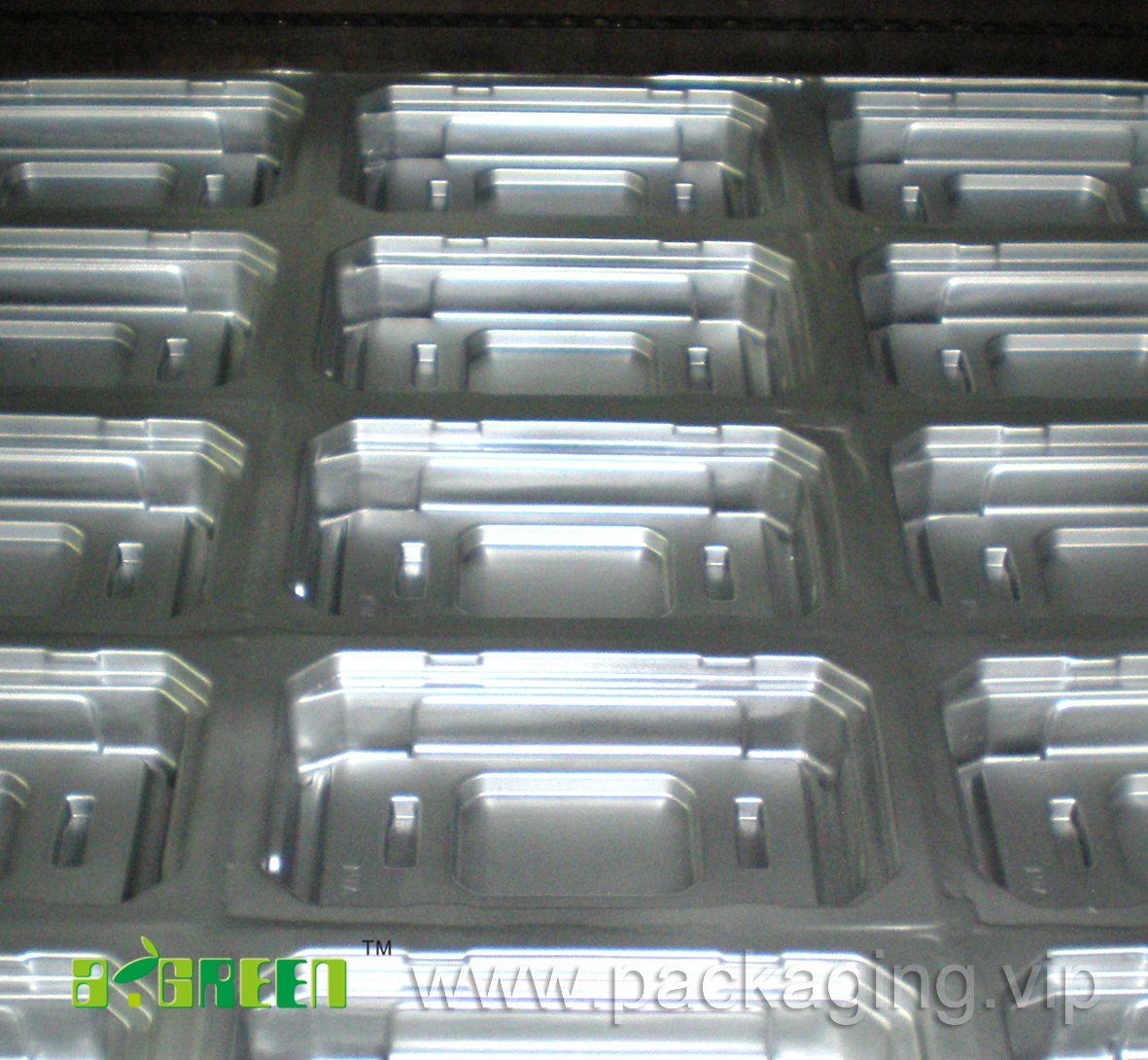
Moul packaging
The mold plays a very important role in the quality of the custom blister packaging. Usually, there have plaster mold, cooper mold, and hardware mold for blister forming molds.
The plaster mold is easy to make, making time is also short ( about 2-4 days). It is conducive to the modification of product packaging. Compared with another mold, its cost is the lowest. Due to the original color of the plaster mold, the transparency of the blister made by plaster mold is less than the blister transparency made by another mould. So it mainly applicable to the sample confirmation and low requirements of product packaging transparency.
Cooper mold is metal molds made on the basis of plaster molds, which are relatively durable. The thickness of blister copper mold is about 0.5-0.8mm, and the making time is about 5 days ( including the plaster mold making time). The surface of the copper mold is smooth, so the appearance and transparency of the blister produced are good. Also, its mold cost is relatively low, so that it is the most commonly used blister tray insert forming mold.
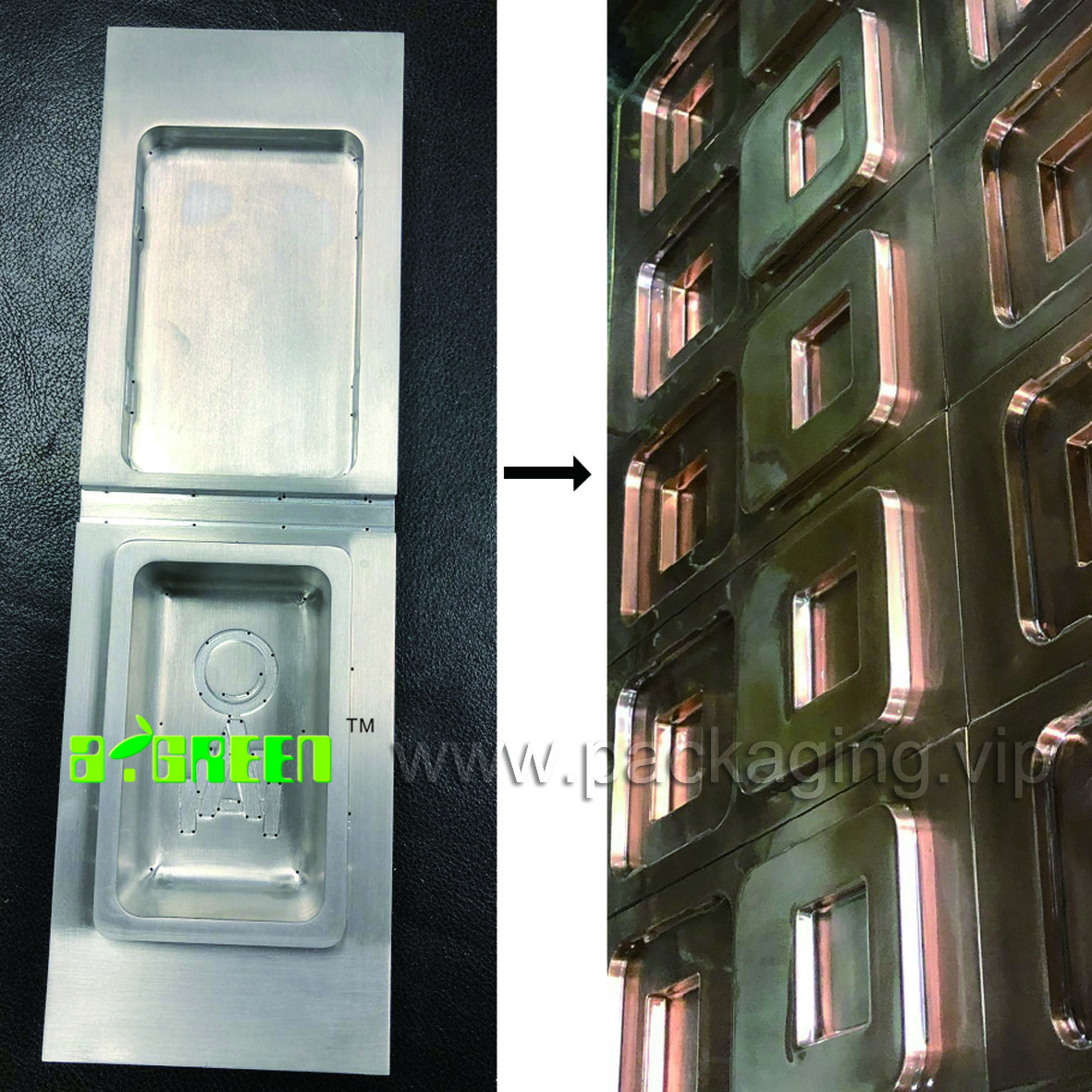
Aluminum mould needs to be based on 3D design or product sample, through CAM and other programming software programs, completed by CNC machine tool processing The precision of aluminum mold is very high, the contour and Angle of the blister packagings produced are relatively beautiful. Relative to the other two molds, its price is the highest, but its durability and production efficiency are higher, time-saving and electricity saving, and the rejection rate is very low. This mold is suitable for packaging with high appearance and size requirements. It is the first choice for mass production and high requirements of blister production.

We know your industry and will work closely with you to create a packaging solution that drives your brand and your business, from concept to manufacture to retail display.
Recycled Blister packaging-30-100% recyclable material
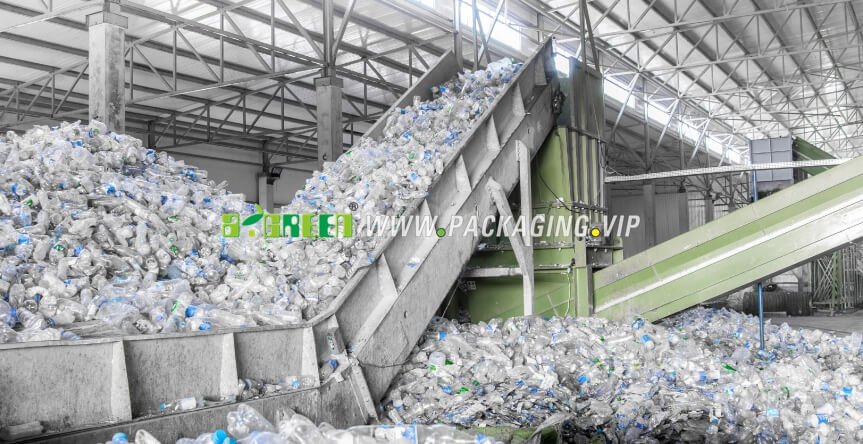
Compostable, a new material for anaerobic biodegradation
The new material of anaerobic microbial degradation is made of traditional plastics injected into anaerobic organic materials. The new material introduces plastics into the biodegradation stage through chemical activities caused by bacteria, and only natural gas and bioenergy are left at last. It can carry out microbial degradation in waste landfills through anaerobic digestion, and support marine degradation (European and American plastic ban requirements). ASTM D5511
Principle of new material degradation by anaerobic microorganism
Anaerobic biodegradation of new materials through a series of chemical and biological processes to introduce plastics into the anaerobic environment of biodegradation (this process is called biological assimilation). Allow microorganisms to create a biofilm structure to penetrate the plastic. As long as the biofilm is formed in anaerobic/anaerobic conditions, it is in landfill and deep-sea environments; At the same time, it helps to expand the molecular structure, create more space for microorganisms, and send chemical signals on the polymer chain to attract other microorganisms to eat plastics, which improves the biodegradation rate, so that plastic products only produce carbon dioxide, biogas (methane) and humus (organic matter), which is the same biological process and residue as organic matter. When pet plastic products (sheets and bottles) are used and put into landfill or seawater, the biodegradation of PET plastic products (sheets and bottles) can be promoted in two ways: first, as an attractant for the growth of microorganisms on and in pet plastics; Second, through weakening or through the weakness in the pet chain or in other forms to show more weakness. When new materials are added to the mixture of pet plastics for anaerobic degradation, it will interfere with the mixture of pet plastics. At this time, enzymes in landfills or sea water will look for weaknesses in the pet chain, reduce the binding strength of the pet chain, interfere with the carbon emission of pet, and make pet plastics easier to be used as a food source for enzymes. Anaerobic degradation in nature occurs all the time, because the process is relatively slow, so it is not easy to be detected. However, pet plastics added with new materials of anaerobic microbial degradation can greatly accelerate the process, which allows pet plastics to complete the biodegradation process at a higher rate. The process of biodegradation includes the following: aerobic stage – in this stage, Enzymes and decomposition chemicals act as catalysts for the biofilm covering pet plastics. During this period of time, aerobic microorganisms gradually form, and the moisture in the garbage continuously accumulates. The hygroscopicity of standard pet plastics is relatively small, but the masterbatch will lead to further swelling and weaken the polymer bond. This creates molecular space for microbial growth, which starts the aerobic degradation process, in which oxygen is converted into carbon dioxide. Anaerobic, non-methanation stage – when the oxygen concentration is sufficiently reduced, the anaerobic process begins. In the initial stage (hydrolysis), microbial colonies will phagocytize particles and reduce macromolecular polymers to simpler monomers through an enzymatic process. Organic masterbatch leads to extra swelling and opening of PET polymer chain and increases quorum sensing. This further stimulates microorganisms to increase their colonization and consumption of polymer chains. Over time, acids occur, in which simple monomers are converted into fatty acids. At this stage, the production of carbon dioxide occurs rapidly. Anaerobic, methanogenic, unsteady microbial colonies continue to grow, engulf the pet polymer chain and create more and more molecular space. In this stage, acetic acid is produced and fatty acids are converted into acetic acid, carbon dioxide, and hydrogen. As the process continues, the rate of CO2 decreases and hydrogen production stops. Anaerobic, steady-state stage of methanogenesis – the final stage of decomposition involves methanogenesis. As microbial colonies continue to devour the rest of the surface of PET polymer, acetate is converted to methane and carbon dioxide, and hydrogen is consumed. This process continues until the remaining element is humus. This highly nutritious soil creates and improves the environment for microorganisms and enhances the final stage of decomposition.
Application and characteristics of new materials for anaerobic biodegradation
Application: accelerated plastics (PET) can be mixed with existing plastics in the process of biodegradation in landfills filled with active anaerobic microorganisms (garbage landfills and deep sea), and then directly blended into injection molding, suction molding, blow molding, multi-layer coextrusion, and other processes through the hopper.
characteristic:
(1) Clean and safe. Just like organic matter, microbes will continue to eat plastics treated with new materials by anaerobic microorganisms until nothing is consumed, and the rest of the materials are natural.
(2) The physical properties of the plastic have not changed. Anaerobic microbial degradation material is a new material based on substances such as amino acids, so it will not affect the performance of plastics (up to now, no feedback has been received about product quality problems, appearance, strength, touch, stability, and life have no change, just like traditional plastics).
(3) There is no need to replace the production equipment. In the production process, there is no need to add equipment or make any changes to the current manufacturing machinery and costs, just use the traditional mixer.
(4) Recyclable. The new materials of anaerobic biodegradation do not affect the recycling of plastics. The plastics with new materials of anaerobic biodegradation not only have the characteristics of anaerobic degradation but also can be recycled many times without affecting the existing recycling system.
Detection of new materials degraded by anaerobic microorganism
1. Reference standard setting unit: American Society for testing and materials (ASTM) ASTM is one of the oldest associations in the United States, and its standards are also the largest source of voluntary negotiated standards in the world. It has 135 technical committees and 2000 working committees. More than 5000 countries outside the United States have adopted ASTM standards, and more than 60 countries around the world have adopted ASTM standards as the basis of their laws and regulations.
(1) ASTM d5511 Standard Test Method for Determining Anaerobic Biodegradation of plastic materials under high solids anaerobic digestion conditions, A concentrated anaerobic inoculum was obtained from an anaerobic laboratory scale digester. The exposed materials were treated with more than 20% solids of anaerobic static batch fermentation. The time evolution function of total carbon (CO 2 and CH 4) in the gas was measured, and the degree of biodegradability was evaluated. The percentage of biodegradability can be obtained by measuring the conversion rate from test material to carbon in gases (CO 2 and CH 4). The percentage of biodegradability does not include the amount of carbon converted to cell biomass in the test material, nor does it include the amount of carbon metabolized to carbon dioxide and methane. This test method is equivalent to GB / T 33797 (national standard of the people’s Republic of China for the determination of the ultimate anaerobic biodegradation capacity of plastics under high solid composting conditions. Method for analytical determination of biogas release)
(2) ASTM e1963 Standard Guide for conducting terrestrial plant toxicity tests test method: This test method is used to measure the effect of substances on plant growth. According to the properties of the test substance, the test substance is directly mixed into the seedling mixture or extracted and added to the mixture. First, seeds are screened to achieve the uniform size and stored in a cool and dry place. Seeds are then planted in a mixture of potting soil and perlite. The experiment was carried out in duplicate with 5-20 seeds each. Then the flat panel was placed under the fluorescent lamp, and the illumination was 100-200 mm-1s-1 every day for 12-16 hours. Two weeks later, the growth was stopped and the emergence, the length, and weight of ectoderm and hypocotyl were evaluated.
The above experimental methods are also equivalent to: ISO 15985, EU: EN ISO 15985, USA, Canada: ASTM d5511, Chinese national standard: GB / T 33797-2017, GB / T 20197-2006.
New materials for anaerobic biodegradation Testing products and results of pet related products
The following is our excerpt from the test report of Intertek ASTM d5511
Standard Test Method For Determining Anaerobic Biodegradation Of Plastic Materials Under High-Solids
Anaerobic-Digestion Conditions (ASTM D5511-18):
PROJECT DESCRIPTION:
Sample A – 0.38mm PET Film with EP02 1% Biodegradable additive and Sample B – 0.38mm PET Film with
EP02 0.5% Biodegradable additive samples were submitted for testing under standard ASTM D5511. This test
method covers the determination of the degree and rate of anaerobic biodegradation of plastic materials in
high-solids anaerobic conditions. The test materials are exposed to a methanogenic inoculum derived from
anaerobic digesters operating only on pretreated household waste. The anaerobic decomposition takes place
under high-solids (more than 30 % total solids) and static non-mixed conditions. This test method is designed
to yield a percentage of conversion of carbon in the sample to carbon in the gaseous form under conditions
found in high-solids anaerobic digesters, treating municipal solid waste.
INOCULUM COLLECTION AND CONDITIONING
The anaerobic digested sewage sludge (Figure 1) mixed with household waste. To make the sludge adapted
and stabilized during a short post-fermentation at 53°C, the sludge was pre-incubated (one week) at 53°C.
This means that the concentrated inoculum was not fed but allowed to post ferment the remains of previously
added organics allowing large easily biodegradable particles to were degraded during this period and reduce the
the background level of biogas from the inoculums themselves.
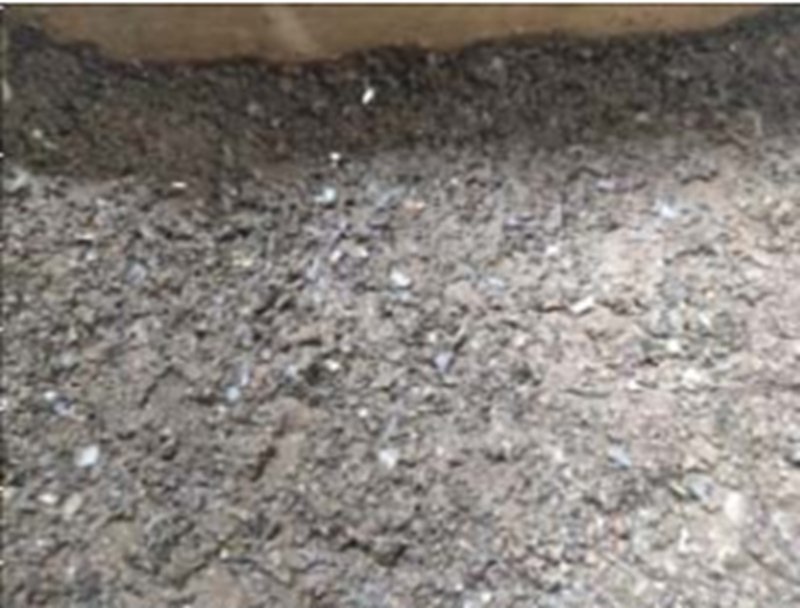
INOCULUM PROPERTIES
A sample of the anaerobic digested sewage sludge was analyzed for pH, percent dry solids, and volatile solids,
as well as, the amount of CO2 and CH4 evolution during the testing. Table 1 lists the results of this initial testing. Please check the complete test report ASTM D5511
Frequently asked questions
Blister packaging is comprised of PET (polyethylene terephtalate) or PVC (polyvinyl chloride) plastic packaging.PS(Polystyrene) or PP(Polypropylene) material will also be used when there is time The rugged material used for blister packs makes them ideal for a wide range of applications, such as pharmaceuticals, electronic equipment, or toy products.
If the mould fee reach the 5‰ value of your order, we will return the mould fee. For example, if the mould fee is 50USD, it can be refundable when the total amount of the order is 10000USD.
Most packaging professionals are hesitant to offer a quick answer. That is because packaging costs vary from one type of packaging to another. Some types of packaging are naturally more expensive than others, but all usually benefit from higher volumes in order to reach lower unit costs. Contact Sales Engineer
1.blister package has good sealing performance, it can be waterproof, moisture-proof, dust-proof, rust-proof and prolong the protection period
2.Light weight. The blister pack is lighter in weight. In addition, the blister has a certain elasticity and thus has a certain cushioning performance. The packaged product does not require additional cushioning material when it is packaged, which saves storage space and reduces the cost of packaging.
3.Intuitive. Consumers can directly see the shape and size of the product through a transparent blister. What’s more, its substrate can print basic information such as product code, name, specification part number and barcode.
The general custom is 3000pcs, and the special products can be reduced to 1000pcs. We can quickly provide hand samples and large quantities of goods to ensure quality and delivery!Contact Sales Engineer

